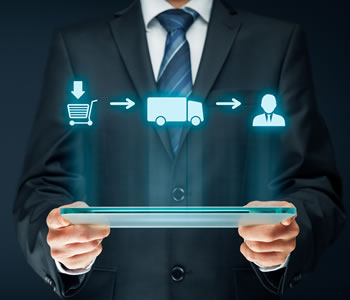Sprints: ideas for the future
How to build a sustainable culture of innovative change
Construction of Amur GCC commences
Prime Minister Mikhail Mishustin launched the construction of Russia’s largest investment project in the petchem industry.
Tyumen Oil and Gas Forum 2020
Speaking at the 11th Tyumen Oil and Gas Forum (TNF 2020), Deputy Prime Minister Yuri Borisov stated the need to support the industry’s focus on higher value-added products.
SIBUR goes green
Dmitry Konov has identified areas for partnership with the Skolkovo Foundation’s environmental programme.
SIBUR joins CEFLEX
Participation in the initiative is another step towards the circular economy.
POLIEF launches production of green PET granules
SIBUR starts producing PET partially made from recycled feedstock.
Meltblown production launched
Netkanika, Russia’s largest manufacturer off nonwoven materials, launches new production facility.
EU carbon tax
The introduction of the EU carbon levy will cost Russian companies between EUR 6 billion and EUR 50.6 billion.
CIS petrochemicals online
On 8–9 July 2020, the 8th annual CIS Petrochemicals conference was held in Moscow.
Russia’s first ever compliance conference
On 27 July 2020, SIBUR and the Russian Business Ethics Network hosted the first international compliance conference in Russia.
Logistics of the future: the TMS project
SIBUR has automated container shipments.
SIBUR Digital delivers value to partners
SIBUR leverages data science tools to enhance its customer service.
New opportunities in e-commerce
Services functionality added to clients’ Personal Accounts.
Customer focus
SIBUR develops a systematic approach to collecting feedback.
SIBUR holds Supplier Day
The event’s special focus was on the Company’s initiatives in engaging its partners on sustainability agenda.
The Polymers movie
Premiere on the Discovery Channel.
A trend towards petrochemicals
The current pandemic and volatility in the commodity markets provide oil companies with a stronger case for investment forays into the petrochemicals sector.
A trend towards sustainability
In August 2020, SIBUR published its Sustainability Report 2019.
Trends in the motor fuel market
Experts used video conferencing to discuss the situation in the motor fuel and additives market.
Digital transformation
How digitisation is transforming the Company’s production sites.
Pricing in procurement
Andrey Sidorin, acting Procurement Director, Head of Chemicals Procurement at SIBUR, speaks about the advantages of formula pricing.
Ways to solve the plastic waste problem
Circular economy – a new opportunity for e-commerce and retail players.
The push for recycling
There is an objective need for concerted action by large corporates – consumers and producers – from across the entire plastics value chain.
Innovations in firefighting
Traditional solutions could face competition from polymer-based firefighting systems, believe representatives of SLT Aqua Mikhail Bazilevsky and Mikhail Tovmasyan.
When there are no complaints
Is it possible to bring not just the control function, but also staff onboard in addressing product quality?
Competition between technologies
Technical Director of International Plastic Guide Eduard Zamyslov, PhD, Chemistry, spoke to us about the oxo-biodegradation of polymers and competition in the plastics recycling technology market.
Dmitry Konov. Will work here until the day i'm fired
SIBUR CEO in Top Officials, a special project by TASS.
Tips for effective online meetings
Professional advice.
Six leadership lessons from COVID-19
Embrace action and have the courage to do the right thing.
TOP MANAGERS TAKING QUESTIONS
In the Q&As section, our top managers answer the most interesting and relevant questions from our clients sent to dearcustomer@sibur.ru.








